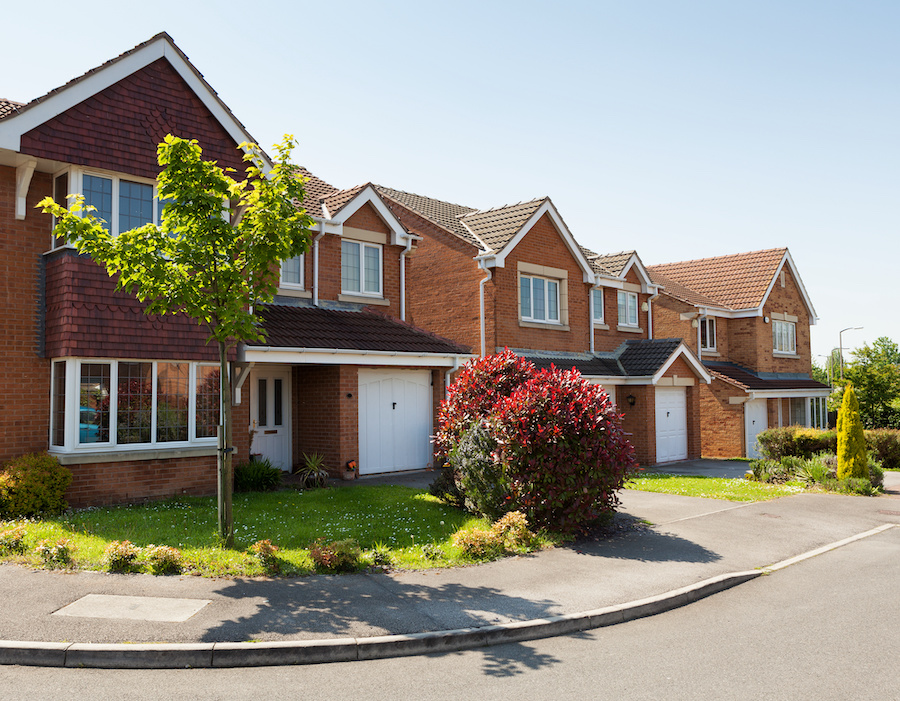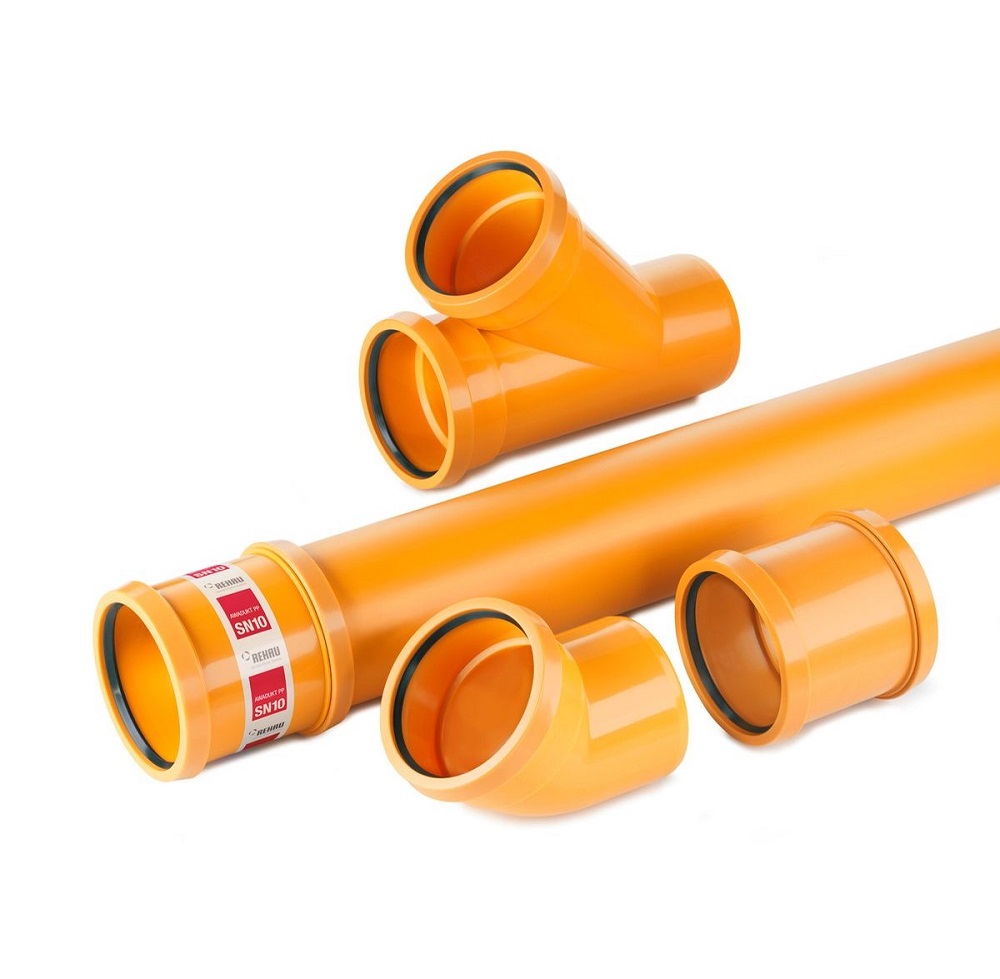Thermal comfort

English street
Whether building new or renovating an existing home for higher levels of high energy efficiency, getting the fabric right is the first and most important consideration for the basis of any design. The thermal performance of the building envelope makes a significant contribution to reducing the overall building energy usage, however lower U-values in walls, floors and roofs need to be accompanied by correct specification, installation and detailing to avoid the ‘Performance Gap’ between as-designed and in-use performance.
High performance insulation will play a major role in any project which aims to substantially raise thermal performance standards. While there is increasing recognition that the ‘fabric first’ approach is the most direct and successful route to exceptional building performance, a ‘whole house’ approach which takes everything into account is the most effective way to achieve energy efficiency in a domestic new build or refurbishment.
PIR insulation is receiving growing acknowledgement as forming a key part of high performance whole-house design approaches for energy efficiency, for its role in creating warm, comfortable homes that people want to live in. Celotex’s high performance PIR insulation products include the Celotex FR5000 range, suitable for use throughout the building fabric, plus a variety of application-specific products.
“Simple measures such as filling cavities, insulating lofts or lagging pipes might be overlooked but will make a substantial difference to overall performance”
Wholesome methods
The whole-house approach to house design means taking the time on the details, for example, ensuring junctions are appropriately designed and constructed as this makes a significant contribution to reducing heat loss. Thermal bridges occur at breaks in insulation at junctions and openings causing heat loss which ultimately leads to a drop in internal temperature and an increased demand for heating.
Extending a home is a great opportunity to enhance its energy efficiency, but it is crucial that extension is not seen in isolation. A whole-house approach that takes the existing property into account can bring tangible financial, health and well-being benefits. As well as significant savings on fuel bills, an improved Energy Performance Rating can be an attractive proposition for potential buyers.
Simple measures such as filling cavities, insulating lofts or lagging pipes might be overlooked but will make a substantial difference to overall performance. An owner may want to extend a house to provide a new bathroom or kitchen to enhance a property’s value, however if the project does not address the whole house in the process, they could end up creating one energy efficient room which is let down by the rest of the house. Good detailing at the junction between the existing building and the new extension can significantly reduce heat loss. Conversely, cutting corners on the building fabric of extensions can be a false economy if property owners end up spending more money to heat a poorly insulated or detailed extension.
Tackling inefficiency
The challenge is fairly stark when you look at the UK’s existing housing stock which is among the least energy efficient in Europe, totalling a quarter of our annual carbon emissions. The Government’s Fabric Energy Efficiency Standard (FEES) has grappled with the issue and puts the focus on the whole energy performance of new houses in the context of user comfort, emphasising the importance of a robust and well-designed fabric, which has good levels of airtightness, coupled with an appropriate ventilation strategy, and incorporates measures to minimise thermal bridging.
Good practice in this area means thinking about design which encompasses all of the components of a building to provide a strong and integrated fabric design that enhances thermal comfort for users, as well as reducing bills. No matter what the size and type of property, whether new or existing build, building standards could be improved if they not only target carbon reductions but also focus more on providing real benefits to householders in areas such running costs, potential future resale value and the energy efficiency of their properties.
While it may have been over-ambitious to aim for zero carbon homes by 2016, the now defunct scheme has benefitted the UK by bringing the issue of energy efficiency homes to the forefront of people’s minds. In order to deliver a positive change in the way buildings are built, we must ensure a new focus is put on whole-house approaches to addressing the fabric first and deliver energy efficiency from the outset.
With an on-going commitment to innovation and technical excellence, Celotex continually develops products that not only meet the current regulatory requirements but also allow designers to push beyond these limits. This gives housebuilders the opportunity to achieve the levels of performance now, that are likely to become commonplace in the future as Building Regulations continue to tighten to meet our demanding climate change targets.




















